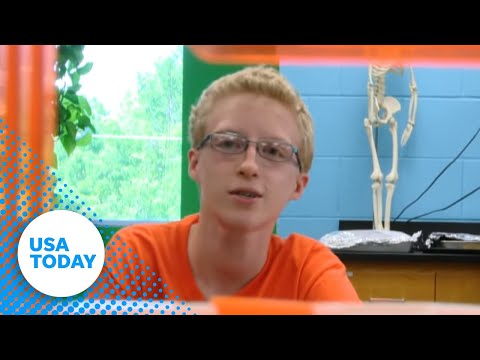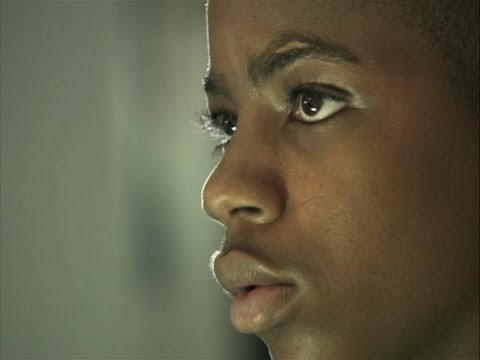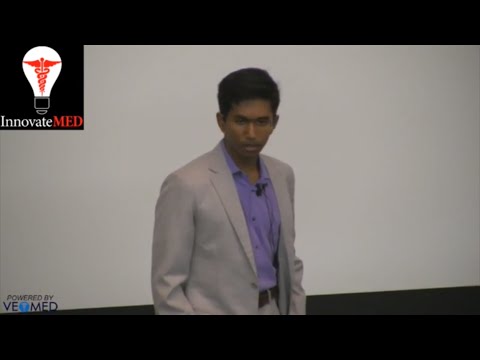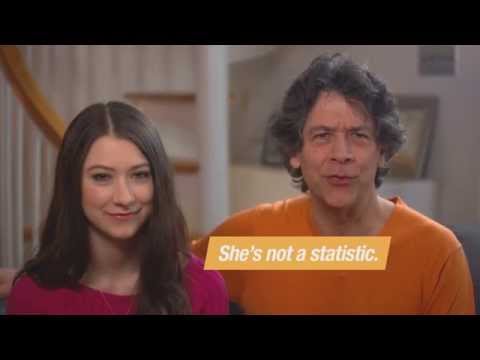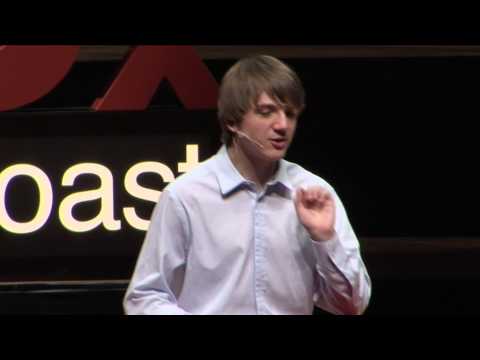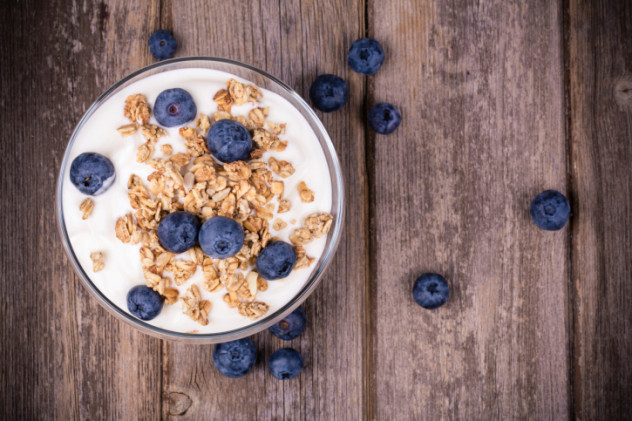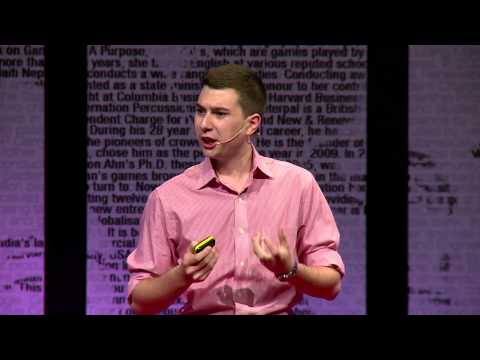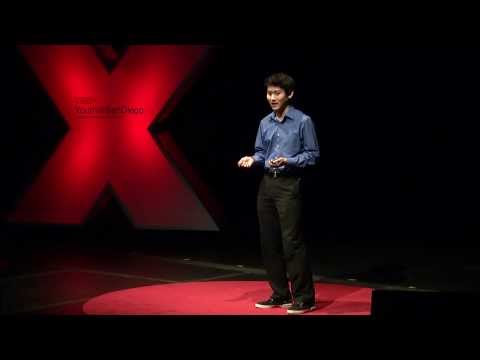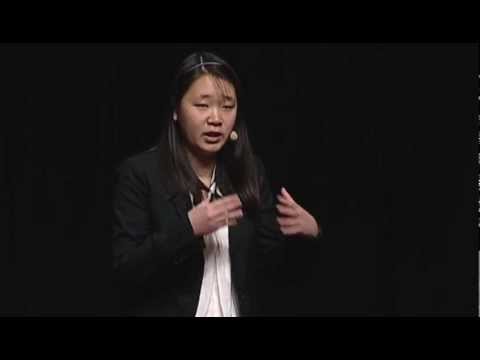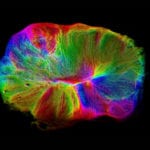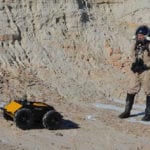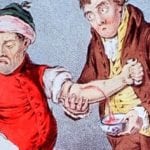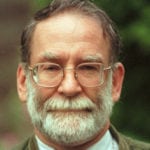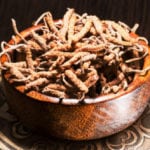10 Ethan Manuell
In the spring 2015, eighth grader Ethan Manuell of Rochester, Minnesota, was visiting his oncologist. Since the age of four, he had been wearing a hearing aid in his left ear. That’s how he was struck with inspiration for his entry in his school’s science fair. Manuell wanted to know how air affects the zinc batteries for hearing aids. When changing the battery in a hearing aid, a tab or a sticker over the area that connects to the hearing aid has to be removed. Manuell found some old toy bugs and converted them to run on the same type of batteries that are used in hearing aids. Then, through a series of trials, Manuell discovered that the batteries lasted 85 percent longer if they were exposed to air for five minutes. The longer battery life could give people who wear hearing aids an extra day or two of use out of their batteries and save an average of $70 per year. Manuell also took home the top prize at his school’s science fair for his “five minute rule.”
9 Tony Hansberry
Many 14-year-old boys probably don’t know what a hysterectomy is, but Tony Hansberry was no ordinary 14-year-old. When Hansberry was in high school, he developed a new, faster, and safer way to stitch patients up after the procedure. Hansberry, who attended a special magnet school that specializes in health and medicine, said he got the idea when he was an intern at a hospital in summer 2008 as part of the University of Florida’s Center for Simulation Education and Safety Research. While working with the center’s administrative director, Hansberry figured out a way to use an endo stitch, which is a stick with two clamps on it that is used for suturing. Hansberry used the endo stitch vertically; it had previously only been used horizontally. Hansberry’s new method makes it easier to close the opening after the uterus is removed and speeds up stitching time. Now that his technique has been made public, it is used by gynecologists during surgery. Hansberry is currently studying biomedical engineering at Florida A&M University and said that he wants to be a neurosurgeon.
8 Suman Mulumudi
Around the dinner table one night at Suman Mulumudi’s home in Seattle, his parents, who are both doctors, talked about troubles they had in their day. Mulumudi’s father, a cardiologist, complained that his stethoscope didn’t work as well as he wanted it to. When there was a weak heartbeat, his father would order an echocardiogram for the patient, but echocardiograms take time and are quite expensive. So, 15-year-old Mulumudi got the idea that could help his father. Using a 3-D printer, he created a device to attach to a smartphone and developed a stethoscope app. The final product is called “Steth IO.” The product turned out to be better than a stethoscope on two counts. It sounded better, and there was also a visual graph of the sound on the screen. But that wasn’t the last medical invention Mulumudi created. The second of his inventions aids in angioplasties, procedures that clear blocked or narrowed arteries. During the procedure, lesions need to be propped up with stents. Placing these stents is a difficult task because doctors have to estimate how big the lesions are. If there is a mistake, it can lead to repeated trips to the hospital to fix the problem. To better measure lesions, Mulumudi developed LesionSizer, another device he made using a 3-D printer. It helps cardiologists measure lesions without changing or altering their technique. After creating the Steth IO, Mulumudi appeared on The Tonight Show with Jimmy Fallon in May 2014. Mulumudi now attends the prestigious private Lakeside School in Seattle. Famous graduates of the school include Bill Gates and Paul Allen.
7 Elana Simon
As a child, Elana Simon of New York suffered from horrible stomach aches. She went to a number of specialists, but no one was sure what was wrong until she was 12 years old. That was when she was diagnosed with fibrolamellar hepatocellular carcinoma, a rare form of liver cancer. Simon survived, but she was one of the lucky ones. Only 32 percent of people who are diagnosed with that type of cancer survive past five years. A major problem with the disease is that by the time it is diagnosed, the cancer has usually already spread. Research on the disease has also been fairly limited because of its rareness. Only about 60 cases are diagnosed every year in the United States, and it mostly affects women under the age of 35. In 2013, when Simon was 18, she was looking into an internship for high school. She came up with the idea to genetically sequence fibrolamellar hepatocellular carcinoma cells to find the cancer-causing mutation. Working with her surgeon, she got others who suffered from the cancer to send samples of their tumors. Using the 15 samples, the genes were sequenced. When they looked at the results, they found that in all 15 samples there was a chimera—two genes that connect and create a unique protein. More research needs to be done to see if the chimera is actually responsible, but the progress looks promising. In February 2014, a paper that was co-authored by Simon was published in the prestigious journal Science. Simon also appeared on The Dr. Oz Show and met President Obama. Currently, Simon is studying computer sciences at Harvard University.
6 Jack Andraka
Pancreatic cancer has one of the highest mortality rates of any cancer because it spreads quickly. Samples need to be sent to a lab, which takes time. Even when samples do finally get to the lab, the testing method is over 60 years old and isn’t very reliable. This really bothered 14-year-old Jack Andraka from Baltimore, Maryland, who lost a close family friend to the disease. He started searching the Internet for information about pancreatic cancer and tried to find out what its biomarkers were. Watch this video on YouTube Once Andraka found the biomarkers, he formulated his plan and then he sent over 200 packages containing his method, budget, and timeline to cancer researchers around America. He received 199 rejection letters—some with intense criticism of his idea—but Dr. Anirban Maitra, the head of pancreatic cancer research at the University of Texas MD Anderson Cancer Center in Houston, agreed to help Andraka. Over the next seven months, after school and on weekends, Andraka developed a test that detects unusually high levels of mesothelin. Mesothelin is a protein that the body produces in the earliest and most treatable stages of pancreatic cancer. Andraka says that his tests can be done in five minutes, are much more accurate than traditional testing, and would only cost $50 instead of several hundred. Besides pancreatic cancer, the tests should also help in early detection of ovarian, breast, and lung cancer as well. After the breakthrough was made public in 2012 when Andraka was 15, he was invited to the State of the Union speech by Michelle Obama. He also won the Smithsonian American Ingenuity Award, which is worth $100,000. The tests are currently in preclinical trials, and Andraka started attending Stanford in fall 2015.
5 Brittany Wenger
When Brittany Wenger of Sarasota, Florida, was in seventh grade, she said she fell in love with computer science. One aspect that caught her attention was artificial intelligence (AI). After learning about AI, she got a coding book and learned how to code. Another pivotal moment in Wenger’s life happened in 10th grade, when her cousin was diagnosed with breast cancer. It was during this time that she learned that one in eight women are diagnosed with breast cancer in their lifetimes. Wenger was working on an artificial intelligence system that could play soccer at the time, but she changed paths. Instead, she decided to invent an AI system that could diagnose breast cancer. Watch this video on YouTube While talking with her cousin, Wenger found out that the least invasive, cheapest, and fastest way to diagnose breast cancer is with fine needle aspirates (FNA). The problem is that they are not very accurate, so many doctors do not use them. To make FNA tests more effective, Wenger designed an AI program called Cloud4Cancer that processes samples from FNA tests and looks for patterns that are far too complex for humans to detect. Her program is 99.1 percent sensitive to malignancy, drastically increasing the reliability of FNA tests. Wenger won the Google Science Fair in 2012, and she was also invited to the White House to meet President Obama. Wenger is attending Duke, and she wants to be both a pediatric oncologist and a research scientist.
4 Serena Fasano
In third world countries, diarrhea caused by E. coli is a devastating problem. On average, six million people die from it every year, and most of them are under the age of two. Thirteen-year-old Serena Fasano didn’t know that when she was sitting in her home in Howard County, Maryland, eating a yogurt in 2003. She was reading the ingredient list on the yogurt container when she came across one she didn’t recognize called lactobacillus, a form of bacteria. That kicked off her interest in bacteria in yogurt and led her to her first experiment for her school’s science fair. She used E. coli samples that her father, a director of the Mucosal Biology Research Center at the University of Maryland School of Medicine, procured for her. She mixed the samples into yogurt, and the results were that the samples with the most yogurt had the least amount of E. coli. The project landed her the top prize at her school and regionally, but that was just the start for Fasano. Over the next three years, Fasano worked with a doctor at the Maryland School of Medicine to try to find out what exactly in yogurt killed E. coli. She discovered that the lactobacillus secretes a substance that is deadly to E. coli. She was able to break that substance down into five components and one of those, an undiscovered protein, seemed to cause the most harm to the E. coli. In February 2006, she was awarded a patent on the protein. Currently, Fasano is a family planning health educator in New York City.
3 Joe Landolina
In the United States, the leading cause of death for people under the age of 45 is trauma, while it is the fourth leading cause of death overall. A major reason that trauma is so deadly is because the internal organs can be lacerated. If there is an internal laceration, it is hard to stop the bleeding because life-saving measures like a tourniquet or applying pressure can’t be used on damaged internal organs. Looking to solve the problem, 17-year-old Joe Landolina entered a business competition in 2011 at New York University as the only freshman competing against PhD and MBA candidates. His idea was to develop a type of organic gel or foam that would seal up wounds. His idea won, and over the next three years, Landolina worked on a plant-based gel that congeals when it is applied to blood or tissue. His product, called VetiGel, creates a mesh by using a key protein in blood clotting. Landolina’s gel can close an internal or external wound in 20 seconds or less. Also, since the gel is plant-based, it can be left in the body as it heals. VetiGel is currently approved by the FDA for use on animals, but Landolina says it could be approved for use on humans in 2016. Lanolina hopes to have VetiGel available for widespread use, included in first aid kits worldwide.
2 Eric Chen
While the flu may remind people of staying home sick from school and watching The Price Is Right, the influenza virus is actually a lethal disease, and it is possible that a mutation could cause a plague at any given time. This realization dawned on Eric Chen in 2009 when he was just 13 years old. He was living in San Diego, and news about the H1N1 strain of the influenza virus was making headlines across the world. Wanting to make a difference, Chen developed a computer program to help him study biological data of the flu. Chen was looking for inhibitors of a protein called “influenza endonuclease” that causes influenza to be contagious. Identifying and targeting these inhibitors would kill the virus because if the flu isn’t contagious, it isn’t effective. Using both the computer program he designed and a wet lab, Chen was able to whittle down half a million possible inhibitors to just six. Chen is hoping that antivirals will be developed based on his research that will help treat, cure, and even prevent outbreaks. In 2013, when he was 17, Chen presented his findings and won the Google Science Fair, the Intel Science Talent Search, and the Siemens Competition in Math, Science, and Technology. He is currently attending Harvard for mathematics and computer science.
1 Angela Zhang
When Angela Zhang was a freshman at her high school in Cupertino, California, she started reading research papers about bio-engineering. The papers were a little complicated for Zhang, but she found that she enjoyed reading them because she felt like she was decoding a puzzle. By the time she was a sophomore, she was allowed to work in a lab at Stanford. Then, when she was a junior, she started her own research with a lofty goal—to cure cancer. Watch this video on YouTube By the time she was a senior, Zhang had written her own research paper in her spare time with her own theory of how to cure cancer. Her idea was to mix cancer medicine with polymer. The polymer would be attached to nanoparticles. In turn, those nanoparticles would be injected into the body where they would attach to cancer cells. Then, when the patient underwent an MRI, doctors would see exactly where the tumors in the body are. Zhang believes that if an infrared light is fired at the tumors, the polymer will melt and release the medicine. This would kill the cancer cells without affecting healthy cells. And according to tests on mice, the tumors almost completely disappear. In 2011, Zhang entered the National Siemens Math, Science, and Technology Competition and won the top prize, which was a $100,000 scholarship. In February 2012, at the age of 17, Zhang went to the White House Science Fair, where she presented her ideas to President Barack Obama. Zhang is currently at Harvard, working on a degree in biomedical engineering. She also spends her summers at Stanford, where she continues to research her theory. Robert Grimminck is a Canadian freelance writer. You can friend him on Facebook, follow him on Twitter or on Pinterest, or visit his website.
